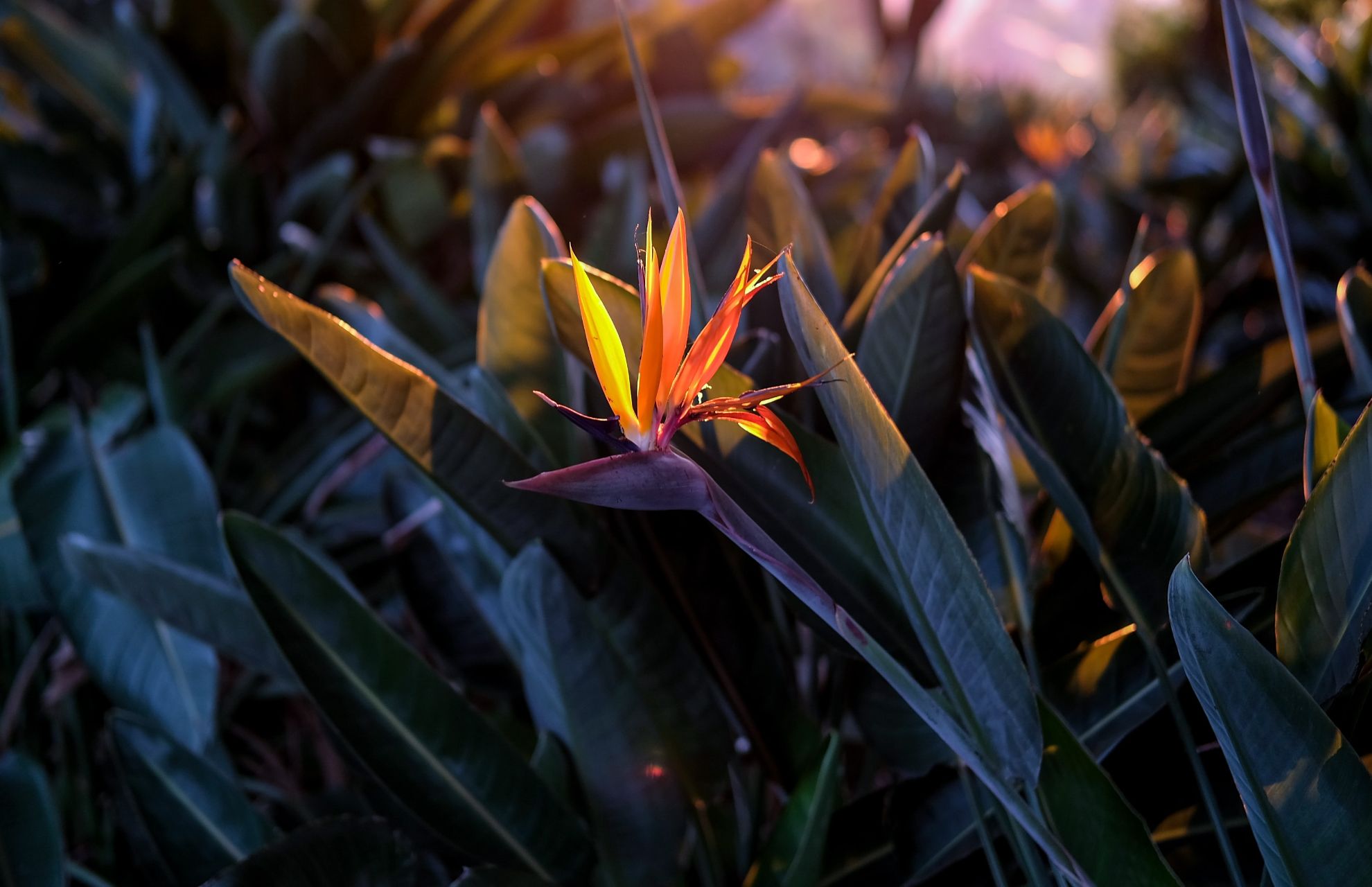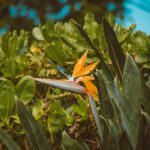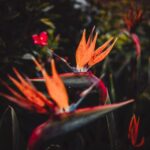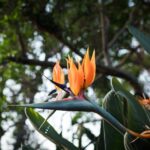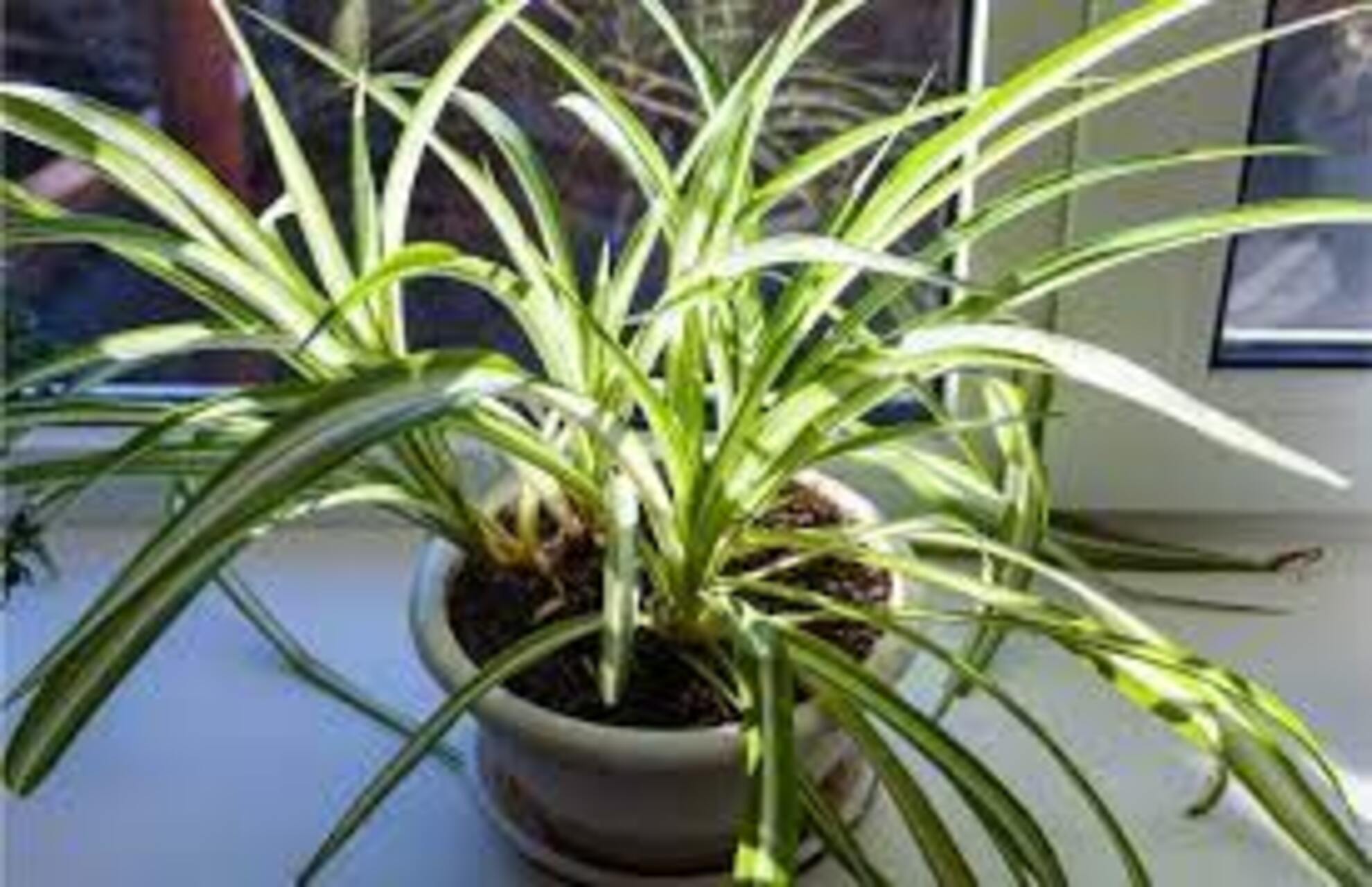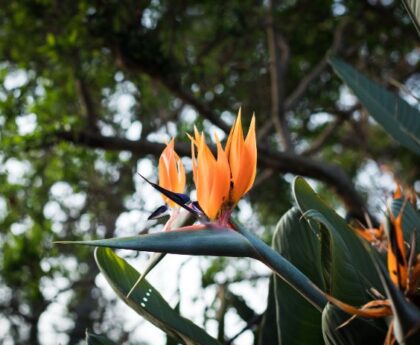The right amounts and intervals of watering are crucial for the bird of paradise plant. Use this helpful care manual for birds of paradise for advice on when and how much to water them.
The large size and water-loving leaves of the bird of paradise can make it challenging to grow. It will take a lot of resources to maintain something this big. How often do we water the Bird of Paradise (Strelitzia Nicolai) with big leaves?
Like many flowering plants, the bird of paradise may need frequent watering to maintain its blooms. If you want to know when to give your indoor plant more water, look for symptoms like dry soil or limp, wrinkled, and discolored leaves. But keep in mind that both overwatering and underwatering can lead to unwell plants, so finding the right water balance is crucial.
Factors That Impact Watering Bird of Paradise Frequency
Seasons
In Summer
Summertime is the breeding season for the Bird of Paradise. More water will be needed to encourage the growth of new leaves. At this time, they use the light from the sun and the process of photosynthesis to turn water and air into sugar.
They will consequently require more light and water to produce their food, which will increase their energy output. Furthermore, the growing medium for the Bird of Paradise will have a hard time holding onto enough moisture during the summer.
Depending on the location, there might also be variations in temperature and humidity that cause faster evaporation.
In Winter
As the seasons’ change and the weather cools, the growth of the Bird of Paradise slows and it may even enter dormancy. This is so because a dormant plant only needs a tiny amount of water. The evaporation rate is also decreased due to the cooler temperatures, with almost all of the water remaining deep in the soil.
In Spring and Fall
Pay close attention to your Bird’s shifting needs during these months and adjust your watering schedule as necessary. Early in the spring, you’ll need to water less frequently, but as the season goes on you’ll need to increase both the quantity and frequency of your watering.
There are a few exceptions to this rule in the fall when it’s still warm enough for plants to need frequent watering, but as winter nears, this becomes less of an issue.
During Flowering
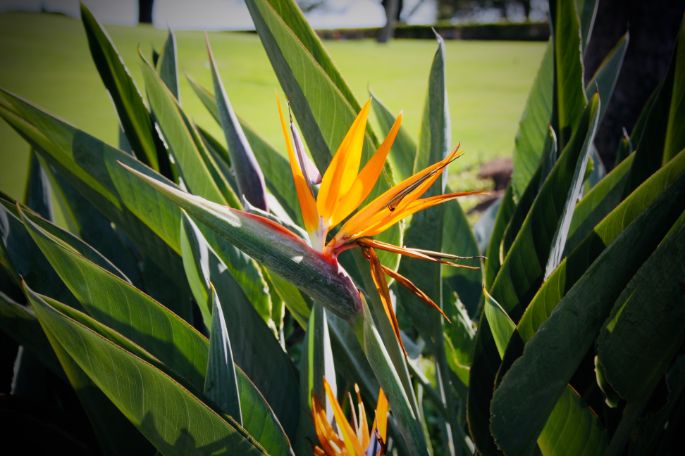
A lot of resources and energy are needed for the Bird of Paradise to bloom. If you’re lucky enough to have flowers, look at the soil while admiring the blooms. You may need to give the plant a little extra water on a more irregular basis as the spathes open and new flowers appear.
Size of the Plant
Less water is required the smaller the Bird of Paradise grows. The biological processes of Big Birds with more leaves require more water, but they also lose more water from their leaves through transpiration and evaporation. In general, more water can evaporate from a surface area.
Temperature and Humidity
The Bird of Paradise is a plant that adapts well to changes in humidity and temperature over the course of the year. In contrast, indoor plants don’t go through as much of a change in temperature and humidity as their outdoor counterparts do.
The ideal temperature range for the Bird of Paradise is between 50 and 77 degrees Fahrenheit (10 and 25 degrees Celsius), with a local humidity of about 70%. They prosper in an atmosphere that is warm and humid. The climate control systems enable the Bird of Paradise to flourish in the majority of indoor settings.
These systems do, nonetheless, dehydrate the air, bringing the relative humidity down to only 10–20%.
That could be further reduced by even more aggressive systems. From the leaf tips inward, this causes the Bird to become dehydrated. One way to lessen this risk is to raise the relative humidity around the Bird of Paradise. An ideal source of high moisture for the Bird is a humidifier because it is dependable and consistent.
Location of the Plant
A Bird of Paradise’s moisture reserves will be depleted more quickly when it is basking in the early morning sunbeams than when it is hiding out in the shadows.
The plant will also dry out more quickly if you place it close to a vent because of the consistent, gentle ventilation it will get. The more heat and light a plant receives, the more water it needs.
Type and Size of Pot
Consider the Bird of Paradise pot as a sizable bowl or bottle. A larger pot will do a better job of retaining moisture than a smaller one if the plant isn’t particularly large. Because they will run out of resources much more quickly, large specimens are not best suited for small pots. The kind of pot you use also matters.
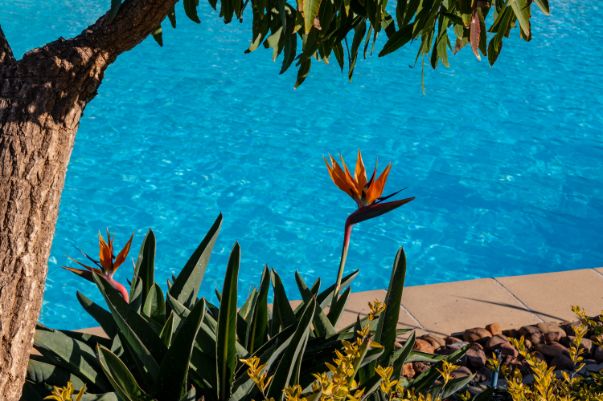
Terra cotta and other porous materials wick moisture away from the growing medium, allowing it to dry out evenly inside the container without becoming overly dry. The plant will require more frequent watering, but it’s a great way to prevent root rot, especially if you’re a heavy waterer.
Contrarily, non-porous substances like glass, plastic, or glazed ceramic do not behave in this way and have a tendency to retain water more effectively.
Type of Potting Mix
The Bird of Paradise’s growing medium comes last and is arguably the most crucial. Because they don’t contain organic material or water-saving additives like vermiculite and water crystals, loose, free-draining mixes like perlite, gravel, or sand are better suited to holding onto water.
Read More:
Signs Your Bird of Paradise Needs Water
Before going over the telltale signs of a dehydrated plant, it is critical to note that a plant’s watering requirements can alter throughout the year. The amount of water required can vary depending on the growing season, the environment, humidity, exposure to light, and other factors.
During the height of its growing season, your Bird of Paradise, for instance, will probably need more water than it does when it is dormant. You might notice dehydration symptoms in a plant that was previously healthy because water requirements can change.
Instead of relying on a regular watering schedule, you will be able to identify your Bird of Paradise’s watering needs and make adjustments by paying close attention to the overall health of the plant. The five indicators listed below can help you determine whether your plant is thirsty.
Sign 1: the Soil is Dry
Do you notice any indications of the soil around the planter’s edges pulling away? Is the soil of your Bird of Paradise dry all the way to the bottom or middle of the pot? How quickly does the water drain from the drainage holes after watering your plant? Does it soak in at all?
The first sign of underwatering is dry soil, which indicates that your plant’s roots are not receiving enough water. Fortunately, you have probably caught the underwatering problem early if the plant does not show any other signs of stress.
Always water your Bird of Paradise when the top two inches of soil in the pot are dry for the best results. Test the soil for moisture before adding more to get a feel for when it is time to water your plant
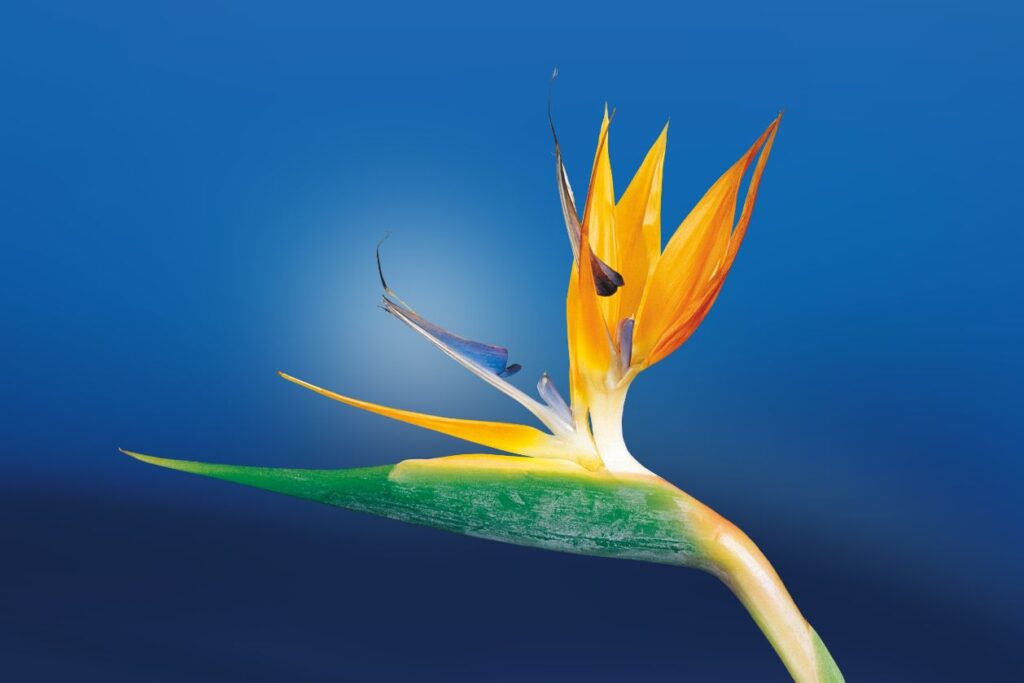
If you decide to water your plant from the top, be sure to add the water slowly so that it can fully absorb it. When water is poured too quickly, especially when the soil is extremely dry, the water may return to the bottom of the pot. Even though you may feel as though you just watered the plant, this can lead to continued dehydration.
Sign 2: Your Bird of Paradise is Droopy
A drooping plant is usually an indication of “shock,” which signifies that the plant has redirected energy toward its roots in response to an environmental change.
And while shock may be a reaction to a variety of conditions, such as a recent transplant or a lack of light, it can also be a significant sign of dehydration. These drooping stems or prematurely limp flowers may be a sign of this drooping.
Check the moisture level in the soil to make sure that dehydration is to blame for your plant’s limpness. You can do this by putting your finger about two inches into the soil, or by purchasing a moisture meter. More water needs to be added if the soil is dry two inches down.
Sign 3: Curled Or Wrinkling Leaves
The presence of leaves that are wavy, curled, or wrinkled is another indication that a Bird of Paradise is underwater. Although this could be a sign of other problems, it is most likely a sign of severe dehydration if there are curled leaves, dry soil, and limp blooms.
Bird of Paradise leaves will start to turn brown and fall off if the problem is left unattended. When the soil is dry again, repeat the process of thoroughly watering the area.
Sign 4: Yellowing Leaves
Just like a yellow traffic light means “caution,” yellow leaves are almost always an indication that your plant needs immediate attention. Yellowing leaves can signify a variety of ailments your plant may be experiencing, much like a shock. However, you can be certain that dehydration is the problem if additional signs of dryness are present.
Also keep in mind that a yellow leaf may not feel dry or brittle, but it may still indicate that the plant is submerged. If this is the case, dehydration has begun to jeopardize your plant’s long-term health. This is due to the fact that a yellow leaf will never turn green, regardless of how well the plant is doing. These leaves will soon fall once they turn yellow.
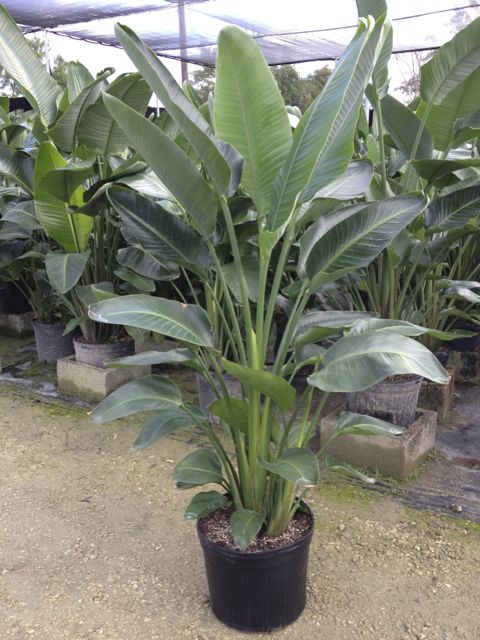
Yellowing leaves can have an effect on both the plant’s appearance and its capacity for photosynthesis because Bird of Paradise plants can be slow to produce new leaves. As a result, yellowing leaves are never something to ignore.
Sign 5: Brown Leaves
Dry, crunchy leaves are a very serious warning! One or two dead leaves are not a serious problem, but more than two can indicate advanced dehydration and the possibility that your plant will eventually die if nothing is done.
Check the soil with your finger if you notice any brown or leaf tips that appear to be beginning to dry. If the soil is dry, you’ll need to water the plant, but you might also have a bigger problem remembering to water or provide the right amount of humidity.
Consider purchasing a moisture meter if you regularly underwater your plant or if you’re unsure of how dry it needs to be before adding water. These straightforward instruments can be inserted into the soil and will display reading from wet to dry on the soil’s condition.
To help prevent natural moisture loss through the plant’s leaves and stems, you might also want to add a humidifier to the area.
Your Bird of Paradise will live a long and happy life if you pay close attention to the signals it gives off. By doing this, you can quickly identify the type of watering problems your plant is experiencing.
What Are the Watering Needs for a Bird of Paradise Plant?
There isn’t a clear-cut answer regarding how often bird of paradise plants should be watered. This is due to the fact that there are some factors to take into account, such as how much sunlight your bird of paradise receives, the time of year, and of course your local climate.
However, in general, I water my bird of paradise plant when the potting soil is almost dry, as do the majority of growers. This will prevent the plant from being overwatered.
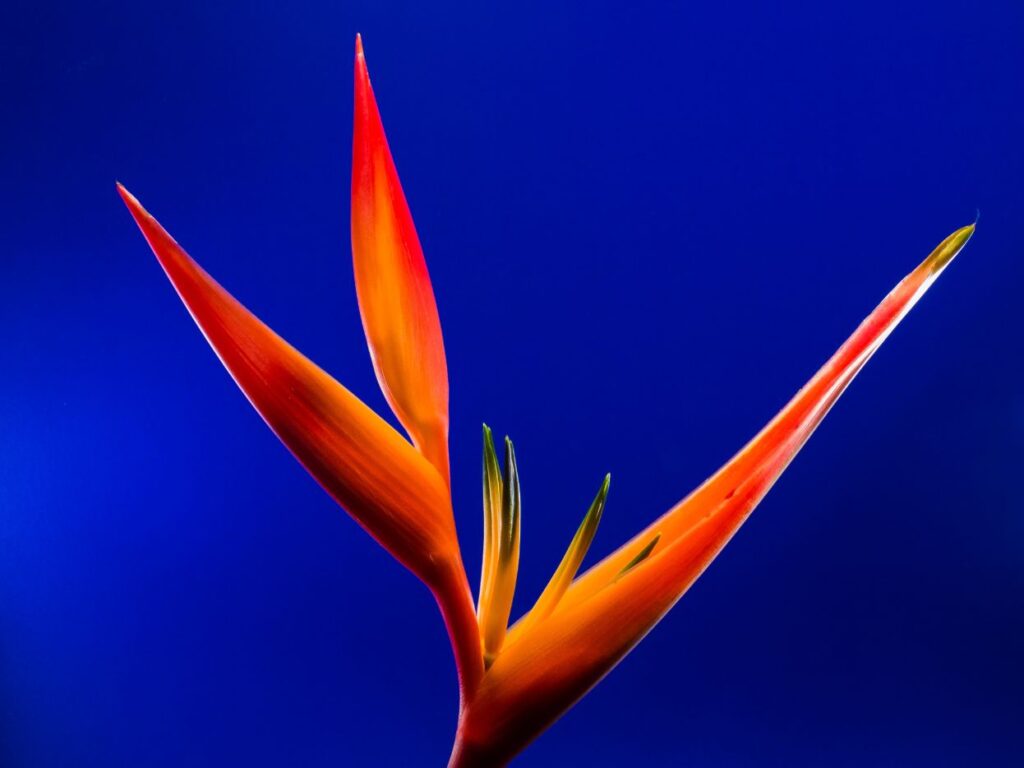
If you are not sure if you’re not watering your orange bird of paradise houseplant properly, here are some tips you can follow:
- Avoid overwatering your plant, especially if the potting soil appears wet. If not, your plant might develop root rot.
- Water the bird of paradise deeply, making sure to reach all the way down to the rootball. At the same time, make sure there are drainage holes to prevent water from pooling.
- Before you water the soil mixture, check the moisture content. The likelihood that your plant needs water increases if the topsoil is dry.
How to Water Bird of Paradise?
I advise giving your Bird of Paradise a good soak after the top two inches of soil have dried out if you want to get the most out of it. Water that has been filtered or distilled, on the other hand, can be just as useful as rainwater.
In order to make sure that all of the plants get water during the growing season, I like to water from below once a month. Here’s how to go about it:
- Put the Bird of Paradise in a tub or basin that is at least halfway up the height of the pot.
- To submerge the pot, half-fill the basin with clean water.
- For 15 to 30 minutes, let the bird soak in the water. To maintain a steady level, top off the water as necessary.
- Before relocating the plant to its original location, remove it from the basin and give it another fifteen minutes to drain.
This is a great way to give the soil a good soak and get water right to the roots of the plant.
No need to stress over watering the Bird of Paradise’s other responsibilities from above. Additionally, it’s a practical time to fertilize for the season. When you notice drips coming from the drainage holes, stop watering the plant’s surface. Water it slowly and gently.
Self-watering pots are also perfect for people who are going on vacation and don’t want to worry about their plants losing moisture. That is an indication that your water is taking its time to permeate the medium, which has allowed the plant to flourish.
How Often Should You Water a Bird of Paradise Plant?
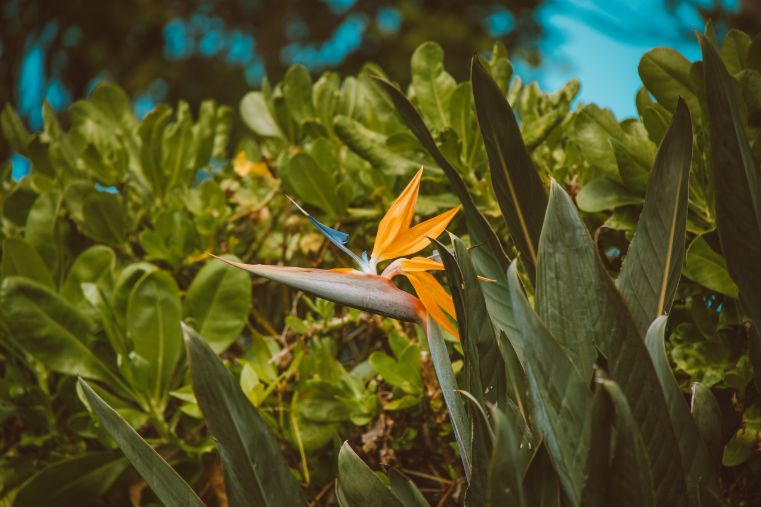
I respond that it is ideal to water your strelitzia plant when the topsoil (i.e. top two inches of the potting soil) has become dry. During the summer, completely soaking the potting soil with water and letting it dry will do, with much less watering needed as the seasons change.
FAQs
How Much Water Does a Bird Need Per Day?
You should be aware that because birds of paradise plants are native to hot, dry climates, they can survive with very little water. They may experience different problems, such as root rot, if you water these plants excessively without taking into account the wagering requirements, such as drainage holes and well-draining soil.
Depending on the climate or season, mature birds of paradise only require watering once every one to three weeks. Younger plants of birds of paradise only require weekly irrigation.
Do Birds of Paradise Like a Lot of Water?
Since they originally came from dry regions of the world, as I’ve already mentioned, bird of paradise plants don’t necessarily like a lot of water. However, they require extensive watering after going for weeks without any.
Can You Over-Water Birds of Paradise?
Yes, but only if you take into account the features of well-draining soil, drainage holes, and after the soil has dried out. However, if there are no drainage holes, the soil does not drain well, and you did not wait for the soil to dry up, then the answer is no. Knowing how often to water Bird of Paradise plants is crucial because you must absolutely avoid overwatering them.
Closing Thoughts
What is the simplest way to maintain the health and hydration of your plant? In a word, the goal is “responsiveness.” When the growing medium’s top two inches have dried out, it is best to water a Bird of Paradise plant. Warmer weather necessitates more frequent watering, while colder weather necessitates less frequent watering.
Instead of watering when it’s convenient for you, water when it’s convenient for your Bird of Paradise. Even though it might seem like a lot of work, your plant is a living thing that depends on you.

